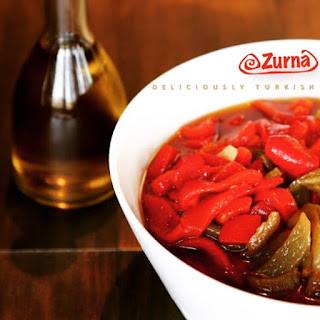It’s known to many that the Spice Bazaar was originally titled “New
Bazaar”. The structure was endowed to the New Mosque’s foundation, and
it was entitled as the “Egyptian Bazaar” or Mısır Çarşısı since it was
built with the revenue collected from the Ottoman Eyalet in 1660. Mısır
in Turkish means both “Egypt” and “Maize” and hence the occasional
incorrect translation as “Corn Bazaar.” This bazaar is the center of all
the spice trade in Istanbul, but in the recent years more variety of
shops have sprung up, replacing the original spice ones.
The building itself is a part of the complex of the New Mosque. The
revenue stream of the rented shops inside the bazaar were used for the
upkeep of the mosque.
It was designed by the architect Koca Kasım Ağa, but was constructed under the supervision of Mustafa Ağa in the last few months of 1660, following the Great Fire of Istanbul that began on the 24th of July 1660 rendering destruction to many neighbourhoods in the city. The construction of the New Mosque was resumed and was completed between 1660 and 1665. The New Mosque külliye, including the Spice Bazaar, were commissioned by Sultana Turhan Hatice, the Valide Sultan (Queen Mother) of Sultan Mehmed IV.
Visit our website for more info at http://zurna.ae/en
It was designed by the architect Koca Kasım Ağa, but was constructed under the supervision of Mustafa Ağa in the last few months of 1660, following the Great Fire of Istanbul that began on the 24th of July 1660 rendering destruction to many neighbourhoods in the city. The construction of the New Mosque was resumed and was completed between 1660 and 1665. The New Mosque külliye, including the Spice Bazaar, were commissioned by Sultana Turhan Hatice, the Valide Sultan (Queen Mother) of Sultan Mehmed IV.
Visit our website for more info at http://zurna.ae/en




